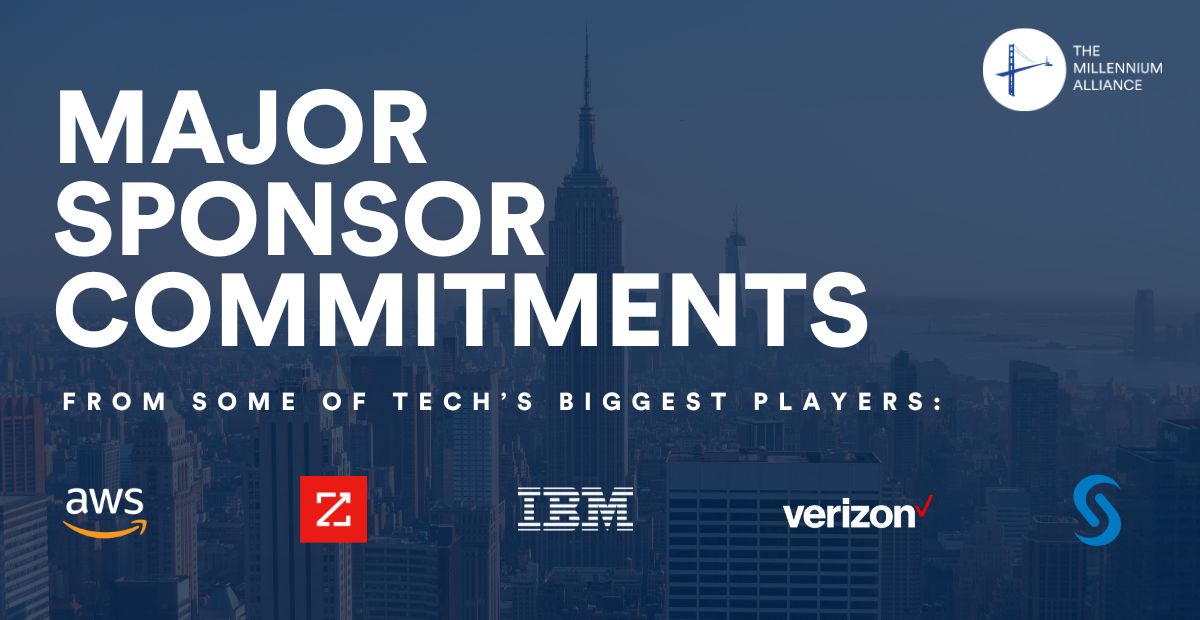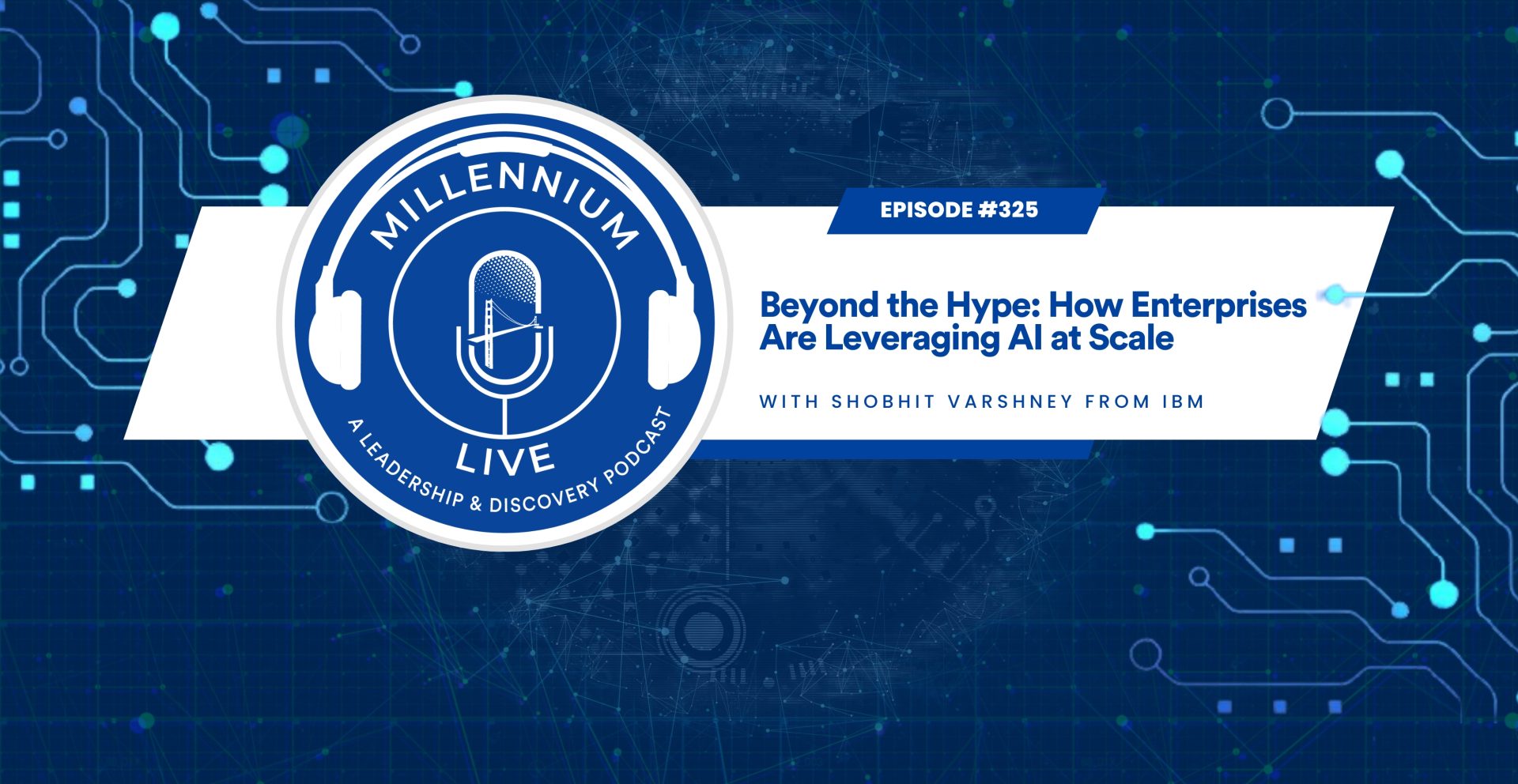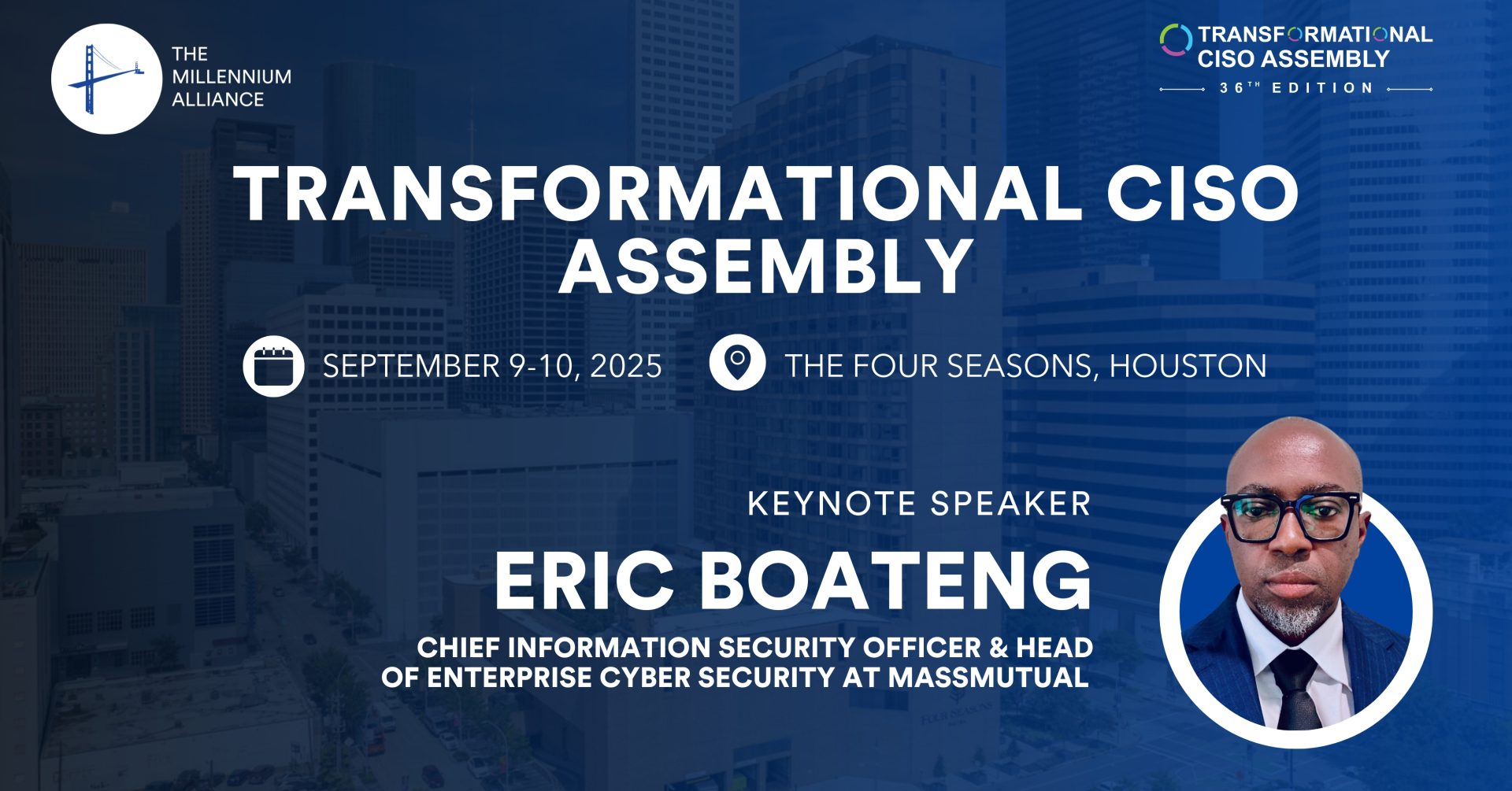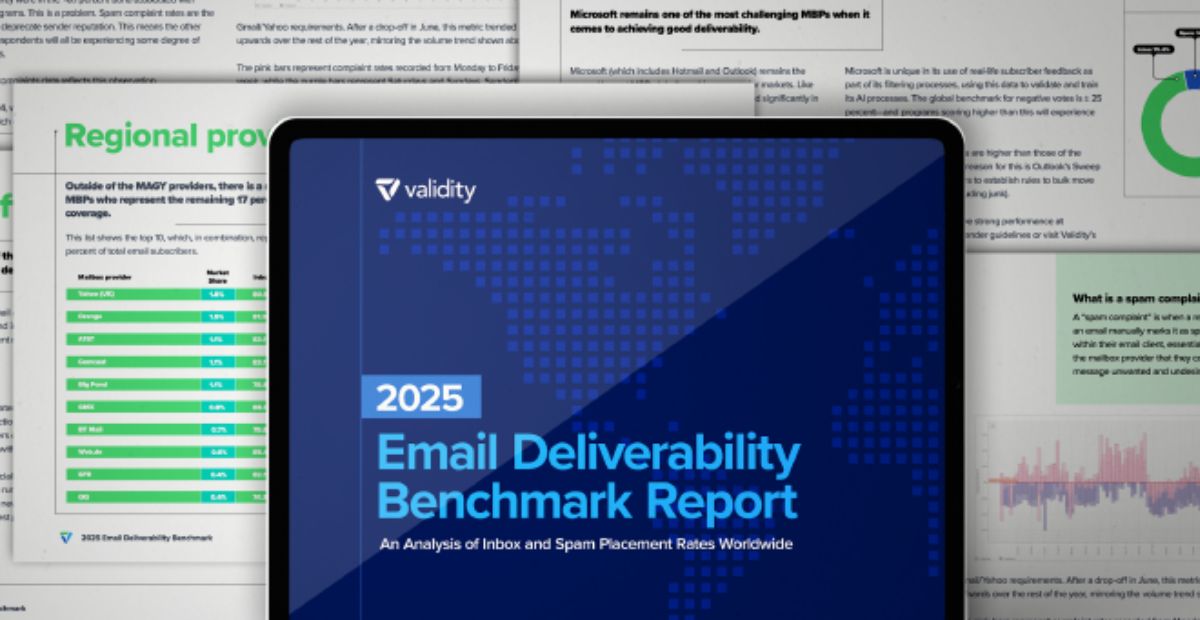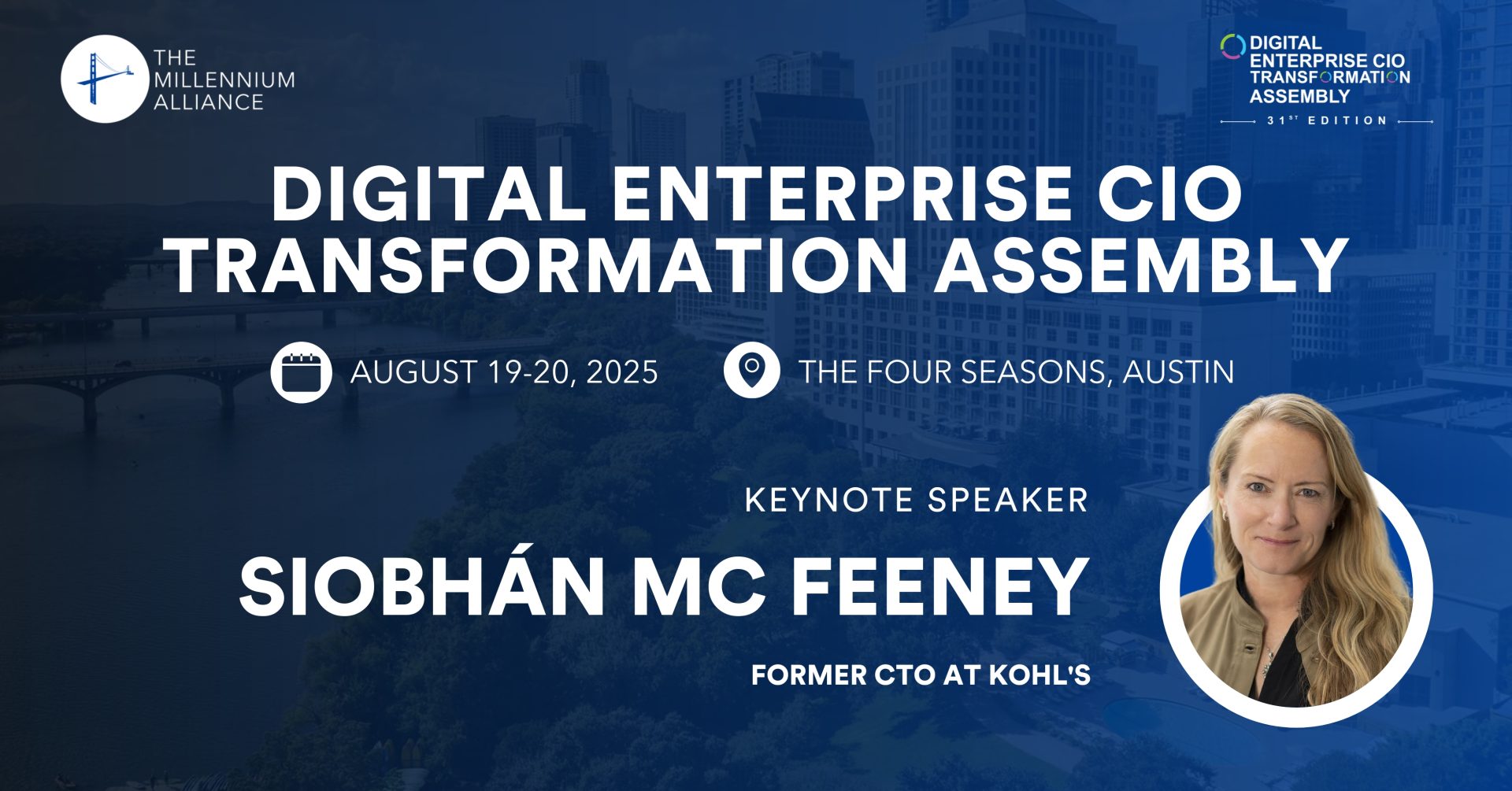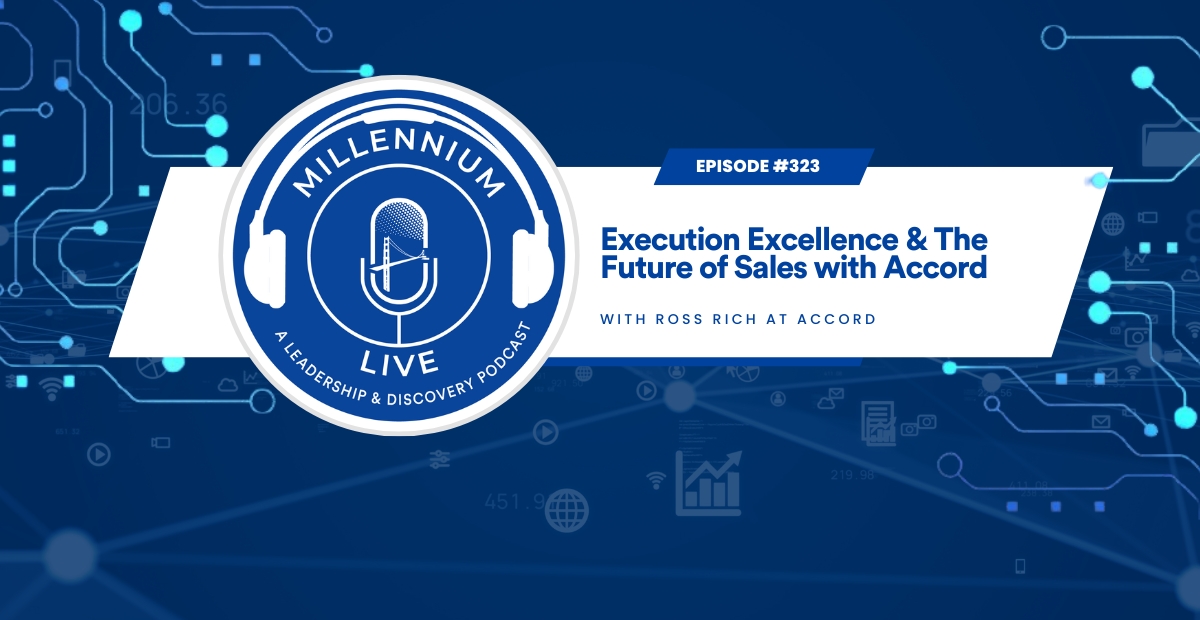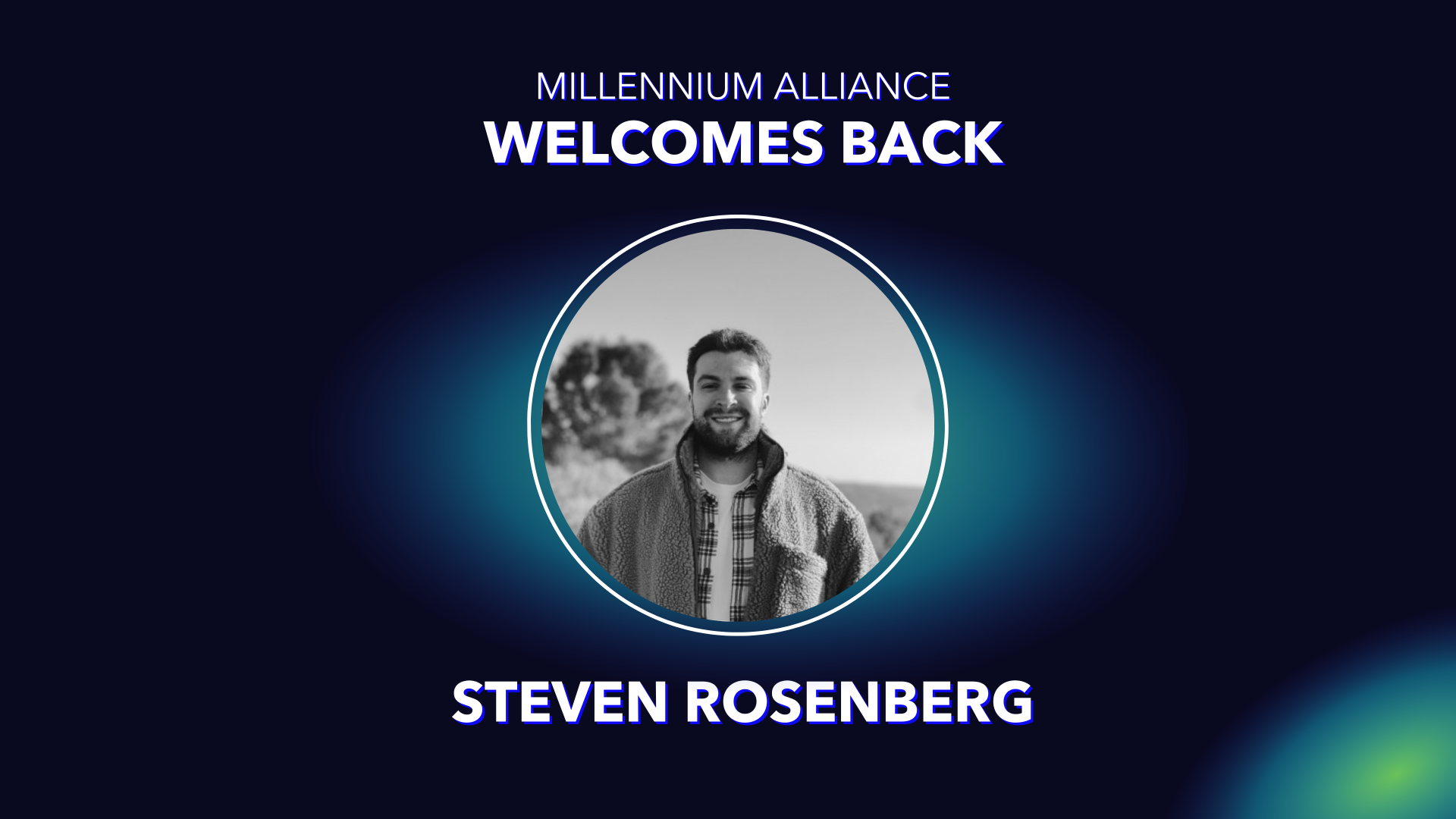Contributed by BitBang
Forrester’s Overview of 41 Providers
Forrester’s Customer Analytics Service Providers Landscape, Q4 2024 report gathers insights from 41 diverse providers that vary by size, type of offering, geography, and business scenario differentiation.
Forrester discusses the importance of customer analytics service providers in today’s business landscape.
The Forrester Customer Analytics Service Providers Landscape report underlines the critical role customer analytics providers play across various business maturity levels.
These providers enable organizations to:
- Solidify customer data foundations
- Build and deploy analytical models
- Embed insights into customer experiences
The rapid maturation of the customer services analytics market allows buyers to amplify business returns and address talent, resource, and budget constraints.
About BitBang
Empowering businesses to make data-driven decisions at speed! Data is everywhere but only with the right strategy and tools in place can it help bring positive changes to businesses. That’s where BitBang can help!
BitBangs’ data management consulting services support businesses with solutions and data measurement strategies so marketing efforts can be data-driven to increase opportunities and win on Customer Experience. Through data collection, integration and visualisation, data sensemaking and insights delivery, BitBang enables organizations to leverage data effectively to achieve holistic knowledge of the customer and brand performance to make data-driven business decisions.
BitBang provides services and best practices in analytics, data and information management, modern and augmented business intelligence, measurement consulting, optimization, data insights services, advanced analytics, machine learning and cloud engineering.
BitBang supports clients in leveraging and enriching data so that they can be confident every data-driven business decision will make a positive difference!
For more information, please visit bitbang.com

